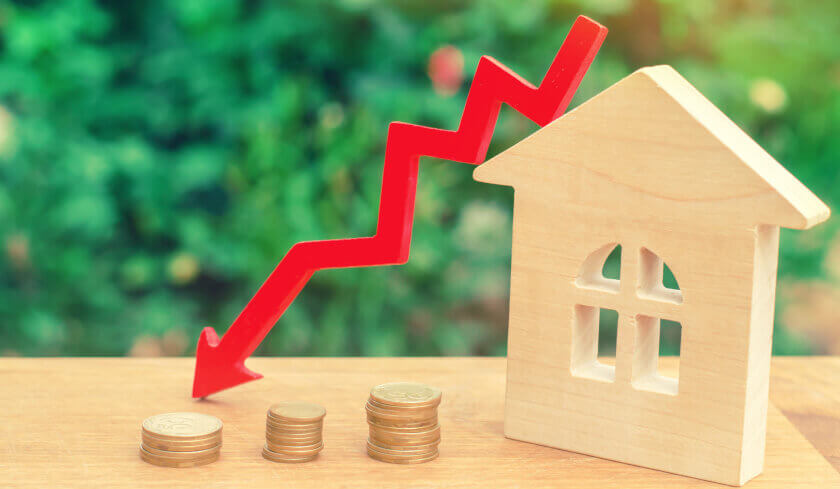Property values forecast to decline by 15% by 2020
A fresh report has claimed that Australia’s economy is the most vulnerable of the G10 countries, with house prices forecast to drop by up to 15 per cent over the next two years.

Analysis by investment bank Morgan Stanley of the world’s 10 leading developed economies has concluded that Australia’s economy is most at risk from household debt reduction due to weakening house prices and the possible introduction of further macro-prudential or tax changes.
The US investment bank stated that Australia’s resilient economy, with GDP growth above 3 per cent and unemployment down to 5 percent, is unlikely to continue.
“Risks are building, given the consumer has supported consumption by tapping into their savings rate, which has fallen to 1 per cent, while the residential construction cycle is peaking now, and will exert a drag on currently record high construction employment,” Morgan Stanley warned in its 68-page report.
“Credit remains tight and an ongoing overbuild is driving weakness in the outlook.”
The report predicted Australia’s economy to enter a “benign deleverage phase” as the housing market continues on its downward slide in the coming years due to high debt-to-income, debt-to-asset and debt servicing ratios.
“Leverage and debt service is high and the second most externally funded, while falling house prices and slowing credit growth suggest more imminent risks of deleveraging,” the Morgan Stanley report stated.
“Most concerning about the potential impact of a deleveraging phase for Australian households is the narrow savings buffer that is currently carried.
“From the perspective of wealth effects, our forecast 10 to 15 per cent real house price decline would combine with 20 per cent debt/asset gearing levels to inflict a serious dent in net worth.”
As such, Morgan Stanley estimates that Australian households could face a collective $700 billion cut to their wealth, which could in turn drag consumption down by 1 per cent to 4 per cent in the next two years.
As the economies of Australia, Canada, New Zealand and the Scandinavian nations in the G10 have continued to borrow heavily, Morgan Stanley noted that central banks have been focusing on financial stability using macro-prudential measures. These include the caps on investor and interest-only loan growth in Australia.
The Reserve Bank of Australia’s focus on financial stability, according to the investment bank, means that increases in the official cash rate (which has been on hold for more than two years) will be gradual, and while a hike to the rate could push up the Australian dollar, the impact will likely dwindle.
There are also uncertainties around potential limits on negative gearing to new housing and the halving of the capital gains tax concession, as proposed by the Labor Party should they win the next federal election, which could exacerbate economic challenges.
Looking across the G10 as a whole, Australia has the largest rise in household debt and is considered most at risk, followed by Sweden, Canada, Norway and New Zealand. Meanwhile, the United States, Japan, the European Union and the United Kingdom managed to reduce their debt and are of less risk.